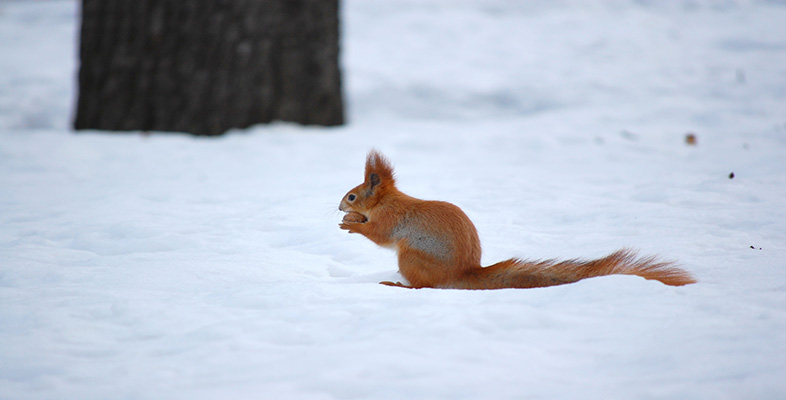1.2.5 Summary of Sections 1.1 and 1.2
The majority of organisms are exposed to environmental fluctuations, including seasonal change in climate. In this course, we focus on the effects of winter.
Organisms have evolved a range of strategies to cope with winter. Thus this common environmental variable has led to a diversity of responses.
The strategies for coping with winter can be considered with respect to different levels and types of explanation.
Molecular and cellular level responses to winter include the prevention of freezing through the production of antifreeze molecules such as peptides.
Physiological and behavioural responses include detecting the onset of winter through changes in the L : D ratio which prompts alteration of sexual behaviour. The reproductive cycles of many organisms are linked to the L : D ratio. Many of these effects can be investigated by experiment.
The life histories of organisms can be viewed as the products of trade-offs in biological processes.
